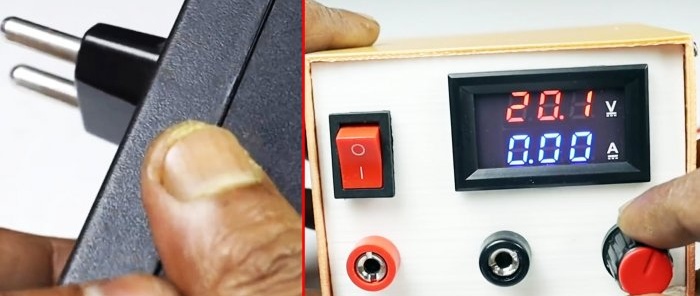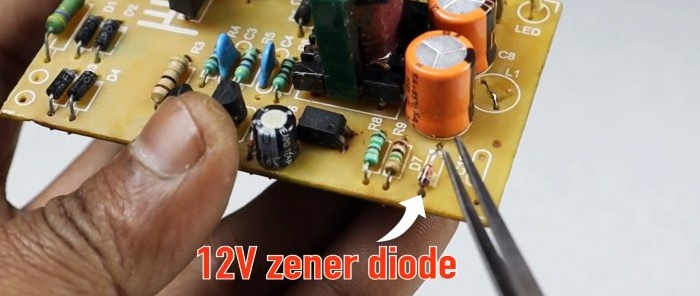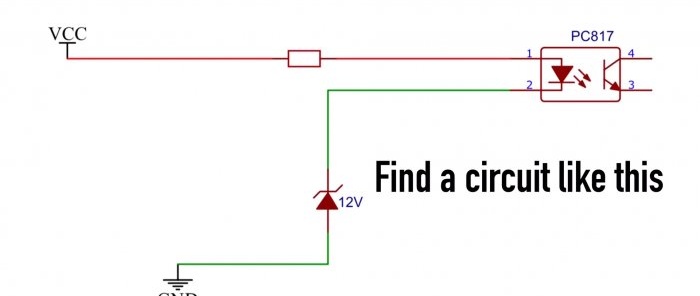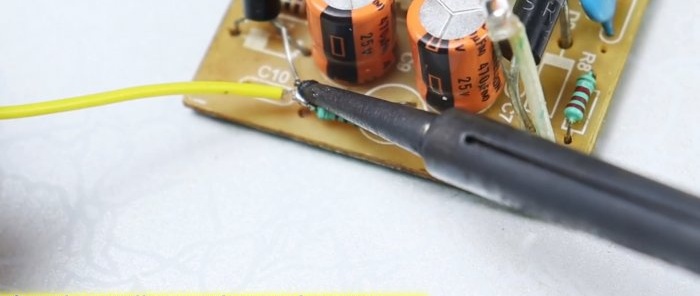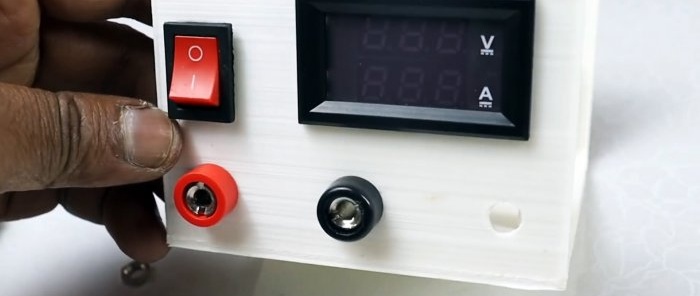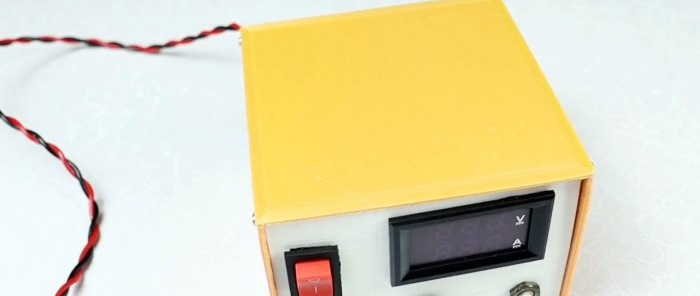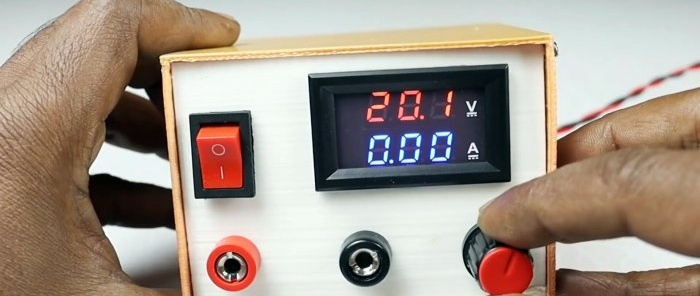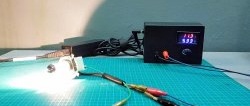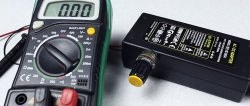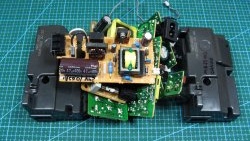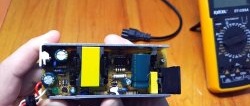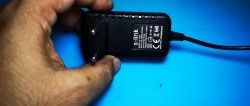You don't have to buy an expensive regulated power supply for your home lab. You can simply make it yourself from an existing 12-volt pulse adapter. Even 9 and 6 Volt units are suitable; the only maximum output voltage may decrease slightly. The entire alteration of the block circuit will involve a small replacement of components.
Will need
- Amperevoltmeter - http://alii.pub/5m5n02
- Potentiometer 10 kOhm- http://alii.pub/5m5ncw
- Terminals - http://alii.pub/5m5nij
- Plastic body - http://alii.pub/5m5npj
- Stabilizer chip TL431 - http://alii.pub/5mclsi
- Resistor 1 kOhm - http://alii.pub/5h6ouv
What needs to be replaced in the circuit?
Let's disassemble the power supply housing and remove the board.
Stabilization is adjusted using feedback via an optocoupler. The circuit contains a zener diode, which is responsible for a stable output voltage of 12 V.
We need to unsolder it and replace it with an adjustable zener diode made on the TL431 stabilizer chip.
That's all, after this you can use a variable resistor to set any desired voltage.
How to make a regulated power supply from a 12V block
[list] Important! Before modification, it is necessary to check the output capacitors. They must be 25 V or higher. If not, they must be replaced with the appropriate voltage.We take the TL431 microcircuit and form its contacts.
We solder it into the board.
We add a 1 kOhm resistor to the nearest common wire. This model has empty space for a capacitor.
Solder the wires to the potentiometer.
We connect its contacts to the sechem.
The case is made on a 3D printer. It’s simple, it can be done without high technology, let’s say, like here - https://enn.washerhouse.com/7377-zarjadnoe-ustrojstvo-pristavka-k-adapteru-noutbuka.html
We install all components.
We solder the wires coming from the board to the petals and screw them to the terminals.
There's a small catch here: The ampere-voltmeter will not operate on a voltage of 3 V. Therefore, another block from a low-power source was taken for it.We install the boards into the case.
Close the lid and secure it with screws.
We check the work.
The output voltage is easily adjustable within 3-25 V. Which, in my own words, is even very good. We check it under real load.
Quite useful for feeding laboratory homemade products.
